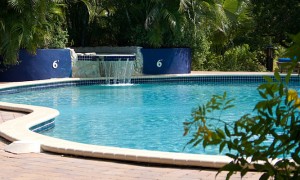Guest Post by Andrea Davis
Energy-saving home upgrades will drastically improve the overall value of your property (and cut back on utilities). Are you curious about where to start with your eco-friendly upgrades? Here are a few suggestions.
Let in the Sun
Take a natural approach to your home’s illumination. Sun tubes, also known as light pipes, sun scoops and tubular skylights, are growing in popularity because of their affordability and skylight-related benefits. Sun tubes work with the power of reflective material, funneling natural light through a ceiling fixture and into a room.
Replace Your Fireplace with a Pellet Stove
Pellet stoves are popular for a good reason. Not only do pellet stoves conserve trees, but they also burn hotter and cleaner than conventional fireplaces. A pellet stove is an ideal upgrade to your home’s value and carbon footprint reduction.
Find Creative Ways to Heat Water
There are creative and efficient ways to heat water with the power of the sun. A solar-powered water heater consists of a heat-trapping solar collector and a water-storage tank. Solar heaters heat water with a much higher efficiency percentage than traditional heaters (sometimes up to 80 percent). A good solar heating unit with ideal installation can deliver 150-degree water to your home. Which is much higher than the 125-degree water from a standard heater.
Decrease Heating and Cooling Demands
Give your furnace a break by improving the sealing and insulation of your home’s exterior. To reduce your HVAC usage, use these insulation-boosting tips:
- Fill any air penetration points in your home. Once insulation is in place you won’t have access to air penetration points. Insulate your attic floor, pipes, chimneys, wiring and recessed light fixtures.
- Because heat rises, insulate your attic floor first. Add at least 10 inches of insulation to your attic. Consider other types of insulation that might better suit your home and budget.
- Seal your seams. Wrap your ducts with insulation to cut your HVAC costs by roughly 30 percent.
Block Window Leaks
New windows can cost $800 or more. If new windows are too much for your budget, consider replacing the weather-stripping or frames around your current windows. Always remember to hire a trusted pro regardless of whether you choose new windows or weather-stripping.
Andrea Davis is the editor at HomeAdvisor, which connects homeowners with home improvement professionals in their area for free. Connect with Andrea on Google+






